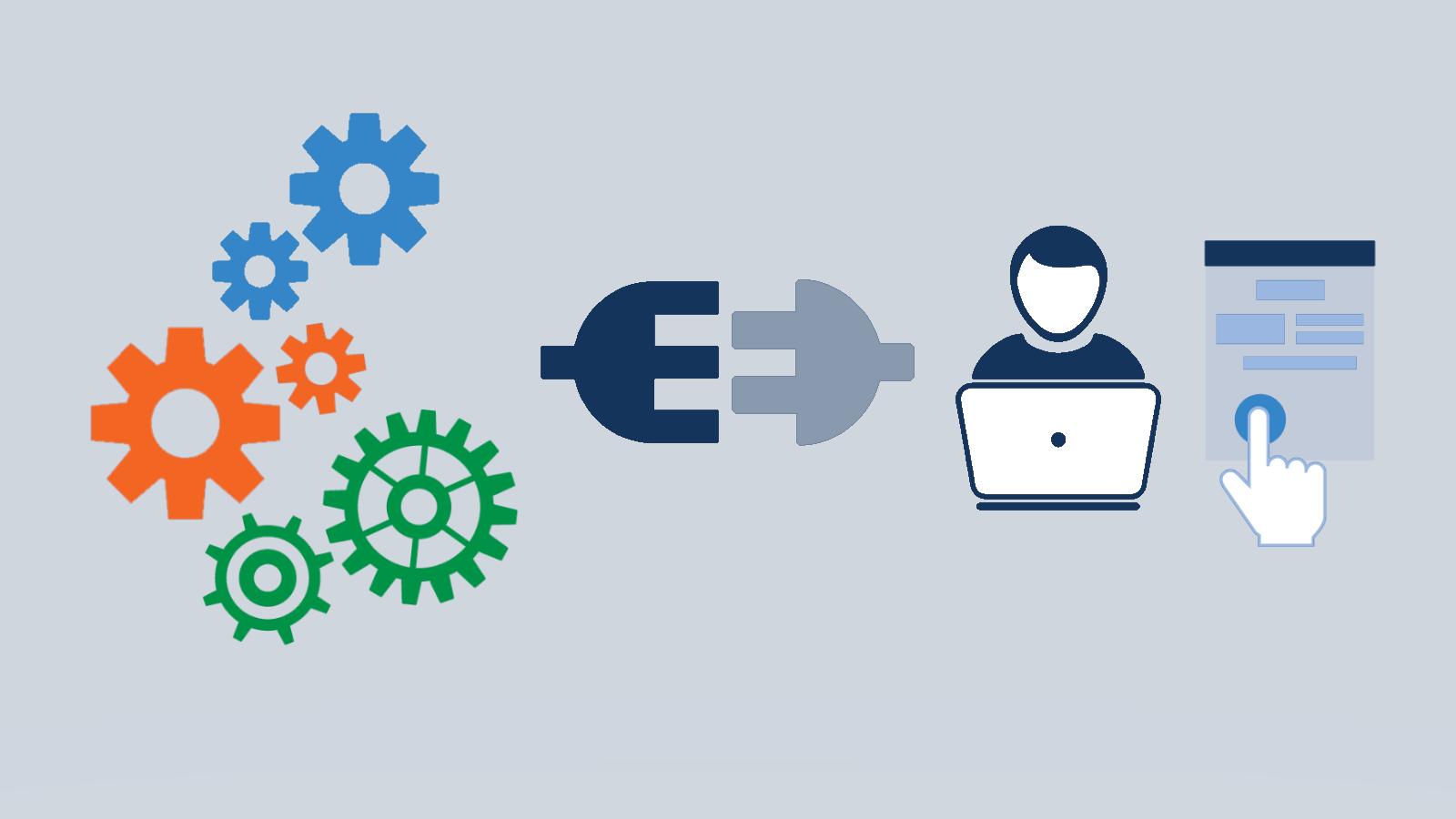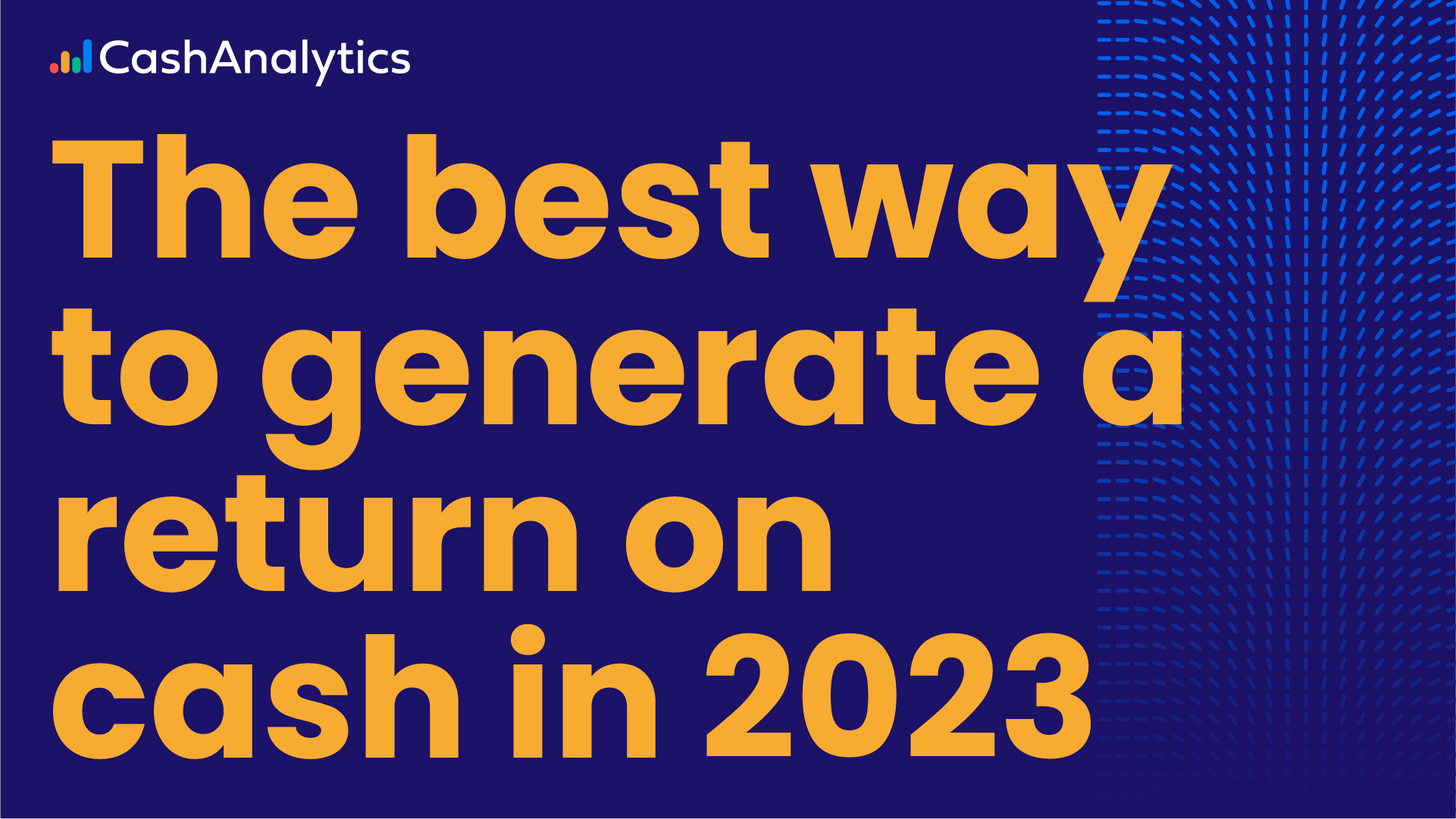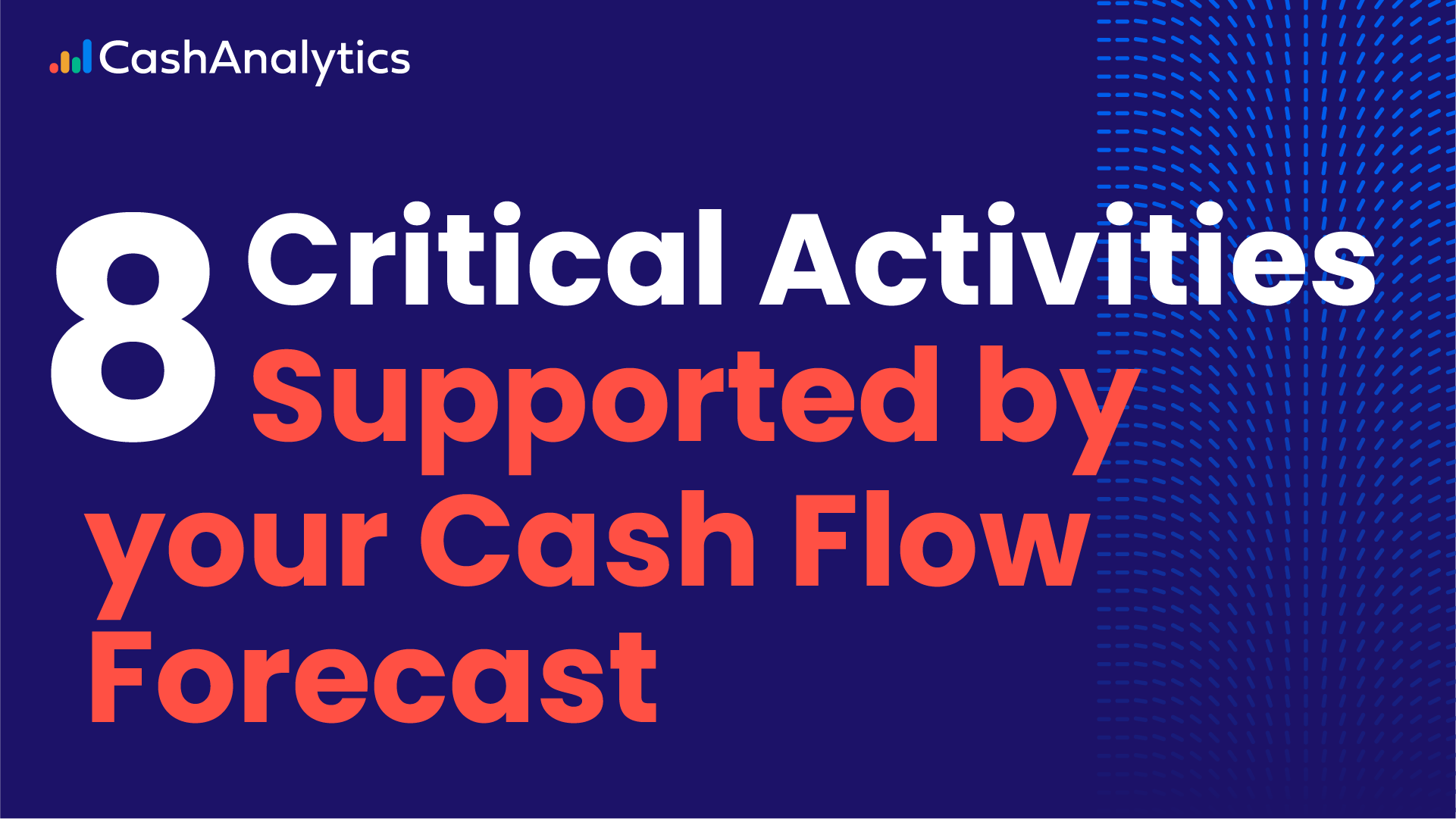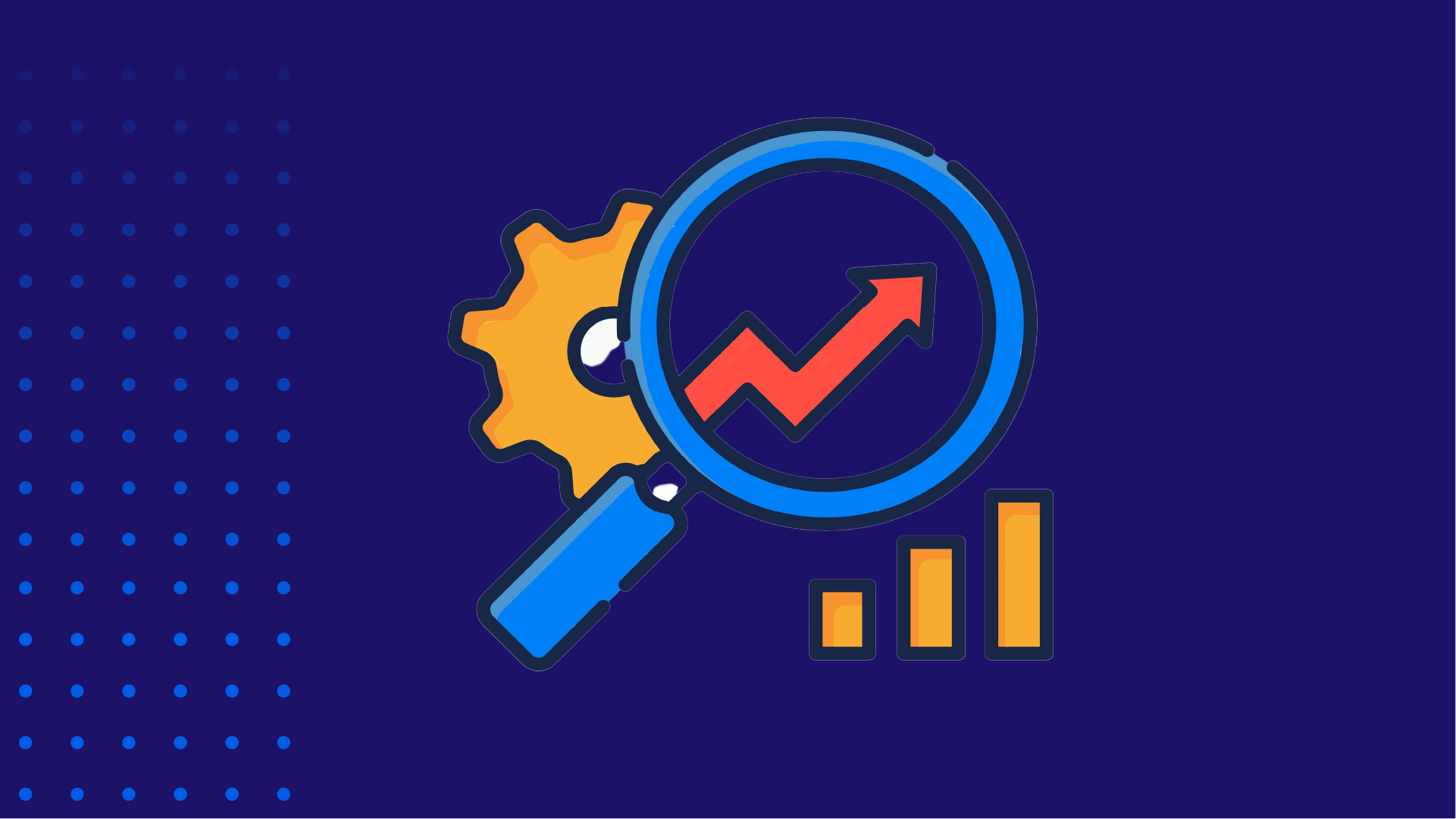
Increasingly, organisations are discovering that Robotic Process Automation (RPA) can be a cost-effective way to streamline operations, improve data quality and enable better decision-making. Driving the trend is RPA’s ability to improve efficiency and reduce costs by mimicking how humans interact with applications.
In a recent survey, management consulting firm Deloitte found that more than half (53 percent) of global respondents already use RPA. Most report that RPA not only met or exceeded their cost reduction expectations but also delivered non-financial benefits such as improved accuracy, timeliness, flexibility and compliance. Deloitte predicts that if take-up continues at the current level, RPA will achieve near-universal adoption within the next five years.
Who uses RPA?
The growing popularity of RPA means that users can be found across many sectors from financial services to manufacturing, telecoms and retail. Some organisations, who previously outsourced back office functions, now see RPA as an opportunity to bring processes back in-house as it can enhance data risk management and improve compliance with internal controls as well as being cost effective.
While RPA tends to be more common in large organisations, it is equally suited to any business with standardised processes which involve high-volume, repetitive tasks.
How does RPA work?
RPA is software that interacts with an organisation’s existing systems to automate certain tasks.
When applied to standardised processes, RPA can assist and/or replace repetitive human actions. For example, it can log in to an accounts system as if it were human, extract accounts receivable and accounts payable data and automatically feed this information into the cash forecasting system.
Form-filling, reconciling or consolidating data, moving files and folders—any task that can be standardised and is rules-based may be suitable for RPA.
How is RPA implemented?
A frequently-cited RPA advantage is that the organisation’s underlying systems do not need to be replaced. This minimises implementation costs and facilitates rapid roll out. However, because RPA interacts with existing systems, problems may arise if there are changes to the underlying user interface or data. So, as with any project, careful planning and management are required. Workflows must be analysed and standardised before initiating RPA and, once implemented, automated processes must be maintained, updated and kept secure.
What’s the ROI from RPA?
When applied to appropriate tasks, RPA’s potential to reduce costs is significant. EY published an article noting that cost reduction can reach 50—70 percent for some automated accounting and finance activities.
Another advantage is that payback is achievable within a relatively short timeframe. The Deloitte study cited above found that payback was reported at less than 12 months.
Potential time savings can be dramatic. Malaysia-based CIMB group, who implemented RPA in September 2017, say that in one month alone, 9 out of 15 banking processes showed a significant reduction of up to 90 percent in turnaround time.
How does RPA impact compliance and risk management?
In highly regulated industries such as insurance and banking, a McKinsey study showed that companies are finding that automation is a cheap and fast way of applying superior capability to the problem of compliance. Applications may include assisting with know-your-customer processes, limit management, AML monitoring and investigation, remediation processing, monitoring and reporting.
Other businesses, too, are discovering compliance benefits. Royal Mail’s Director of UK Finance Mike Prince has observed that robotics opens up an avenue toward process improvement because unlike humans, “the robot won’t accept non-compliance or create additional steps … It’s a brilliant way to improve adherence to process.”
How does RPA help finance and treasury teams?
RPA’s ability to speed up processing, improve accuracy and allow tasks to be completed at off-peak times, means that it has many potential applications in finance and treasury where data often has to be copied and shared across different systems. Because manual processes and over-reliance on spreadsheets can be error prone, RPA’s ability to minimise the risk of human error is particularly beneficial.
Accounting teams can use for RPA include performing calculations, stock checks, customer credit checks, and running checks on suppliers against a list of approved suppliers. For treasury teams, collecting invoice data and entering it into the accounts payable system, collecting data from spreadsheets or other sources for posting to the general ledger, and other data transfers between systems can all be completed automatically using RPA.
How does RPA help cash forecasting?
When correctly implemented, RPA can automatically extract actual data from an organisation’s ERP or accounts system and feed it directly into the cash forecasting system. With an automated cash forecasting process, as soon as new details become available, data can be refreshed and presented on an intuitive dashboard offering the ability to drill down to the required degree of granularity or roll-up to broad headline numbers. As more, and better quality data becomes available, decision-making and planning are therefore enhanced.
Similarly, RPA’s ability to extract data from various sources creates opportunities to improve analytics which in turn enhances the treasury of finance team’s forecasting ability.
Other potential RPA uses in treasury include service level agreement processing, performing settlements and sending out deal confirmations.
What’s next for RPA?
Artificial intelligence is the next horizon for automation in the finance function. Already, AI is showing that learning from behaviour patterns and combining RPA with cognitive technologies increases the range of processes that can be automated and reduces the need for human intervention.
About CashAnalytics
As specialised cash flow forecasting software providers, CashAnalytics uses RPA to automate cash forecasting processes for companies across the globe.
If you would like to see a demonstration of how software and RPA can improve your cash forecasts, or would like to see the business case for introducing CashAnalytics to your company, please contact us directly.



